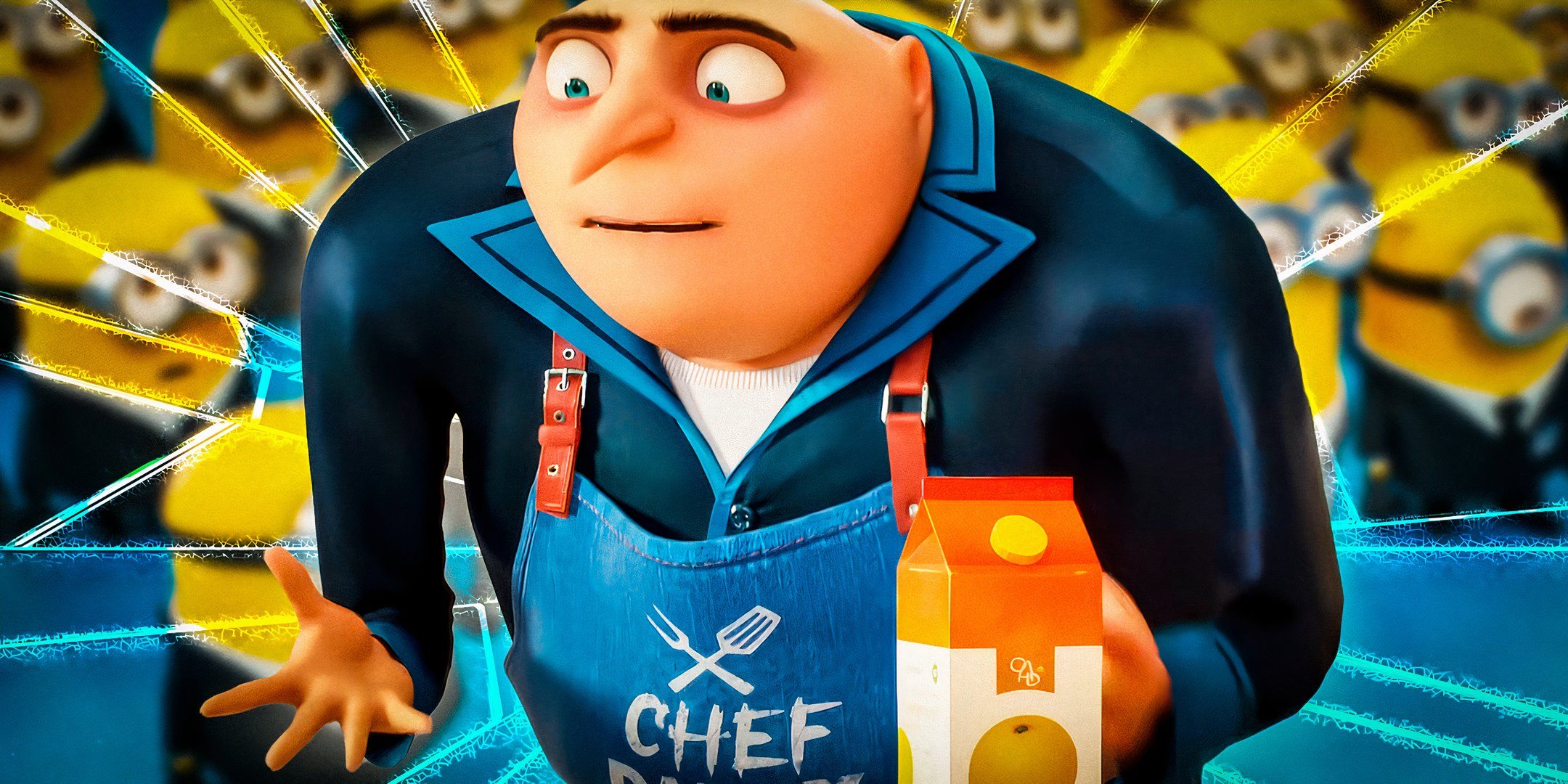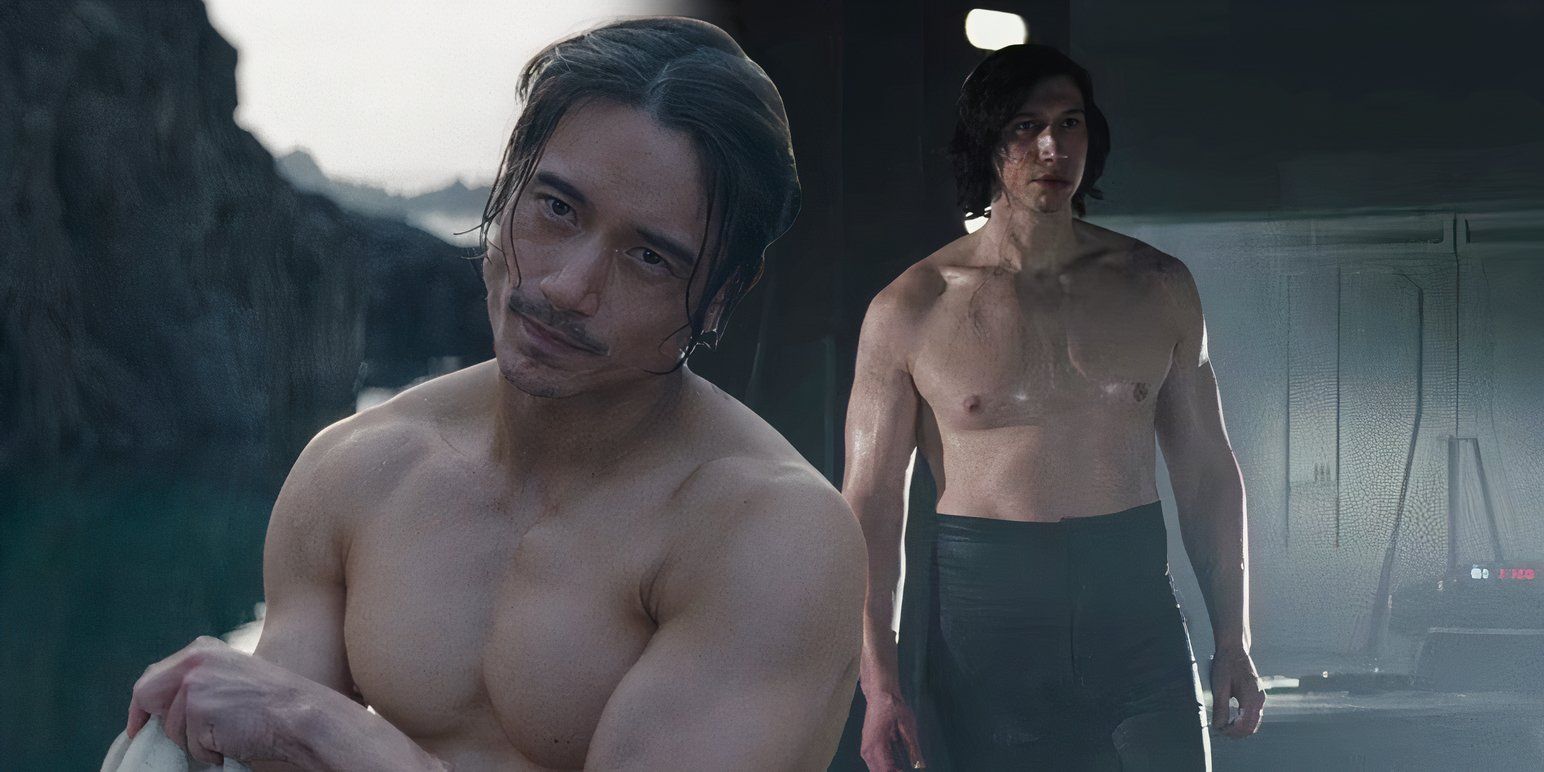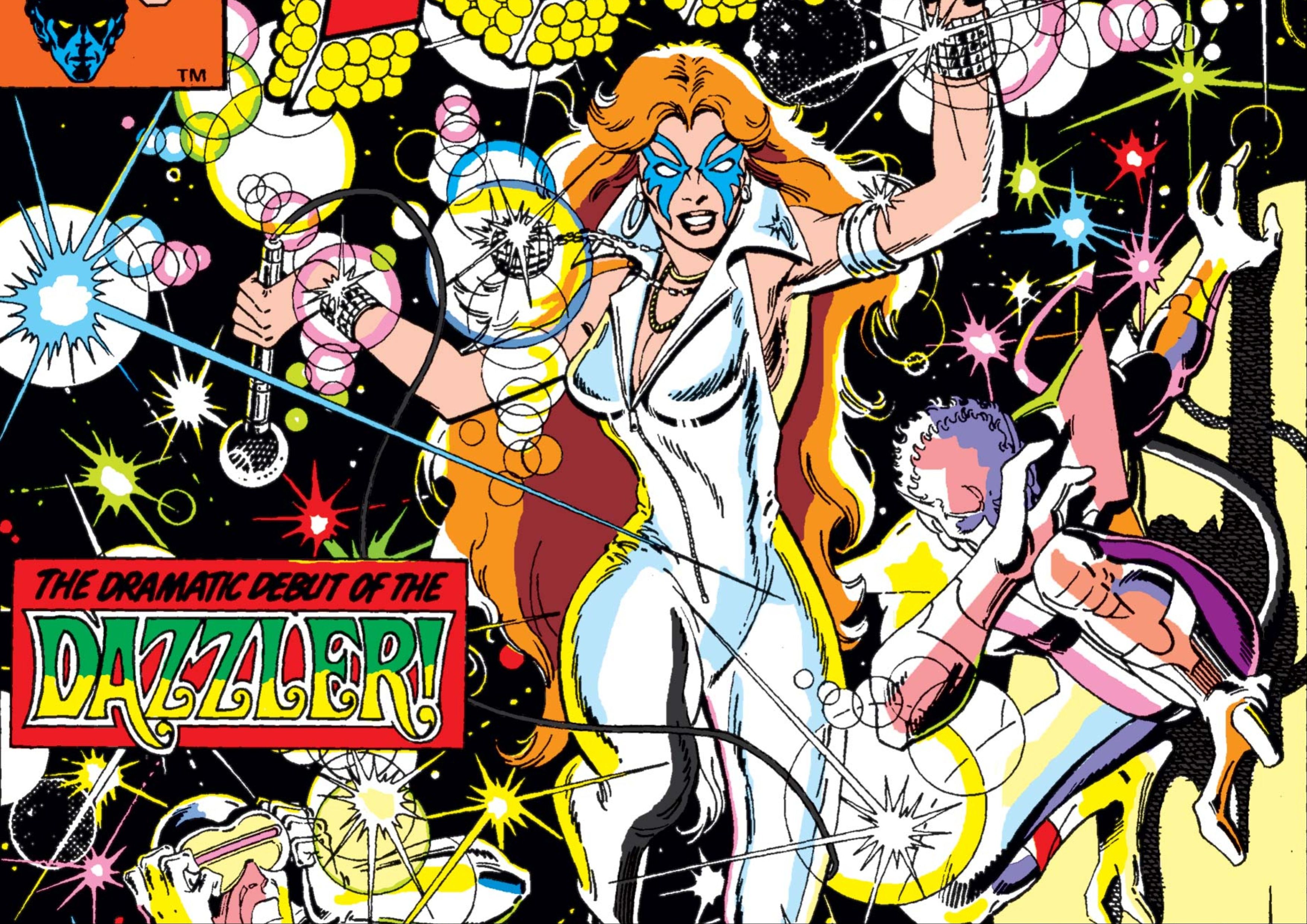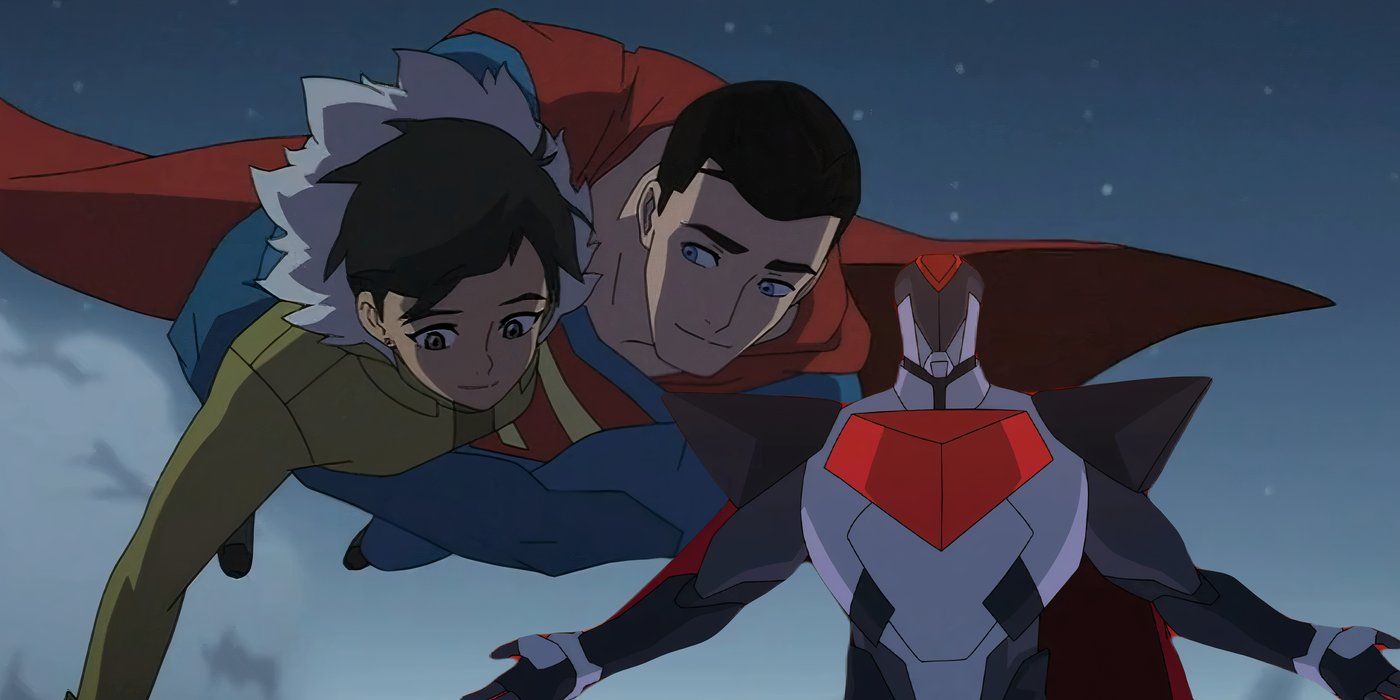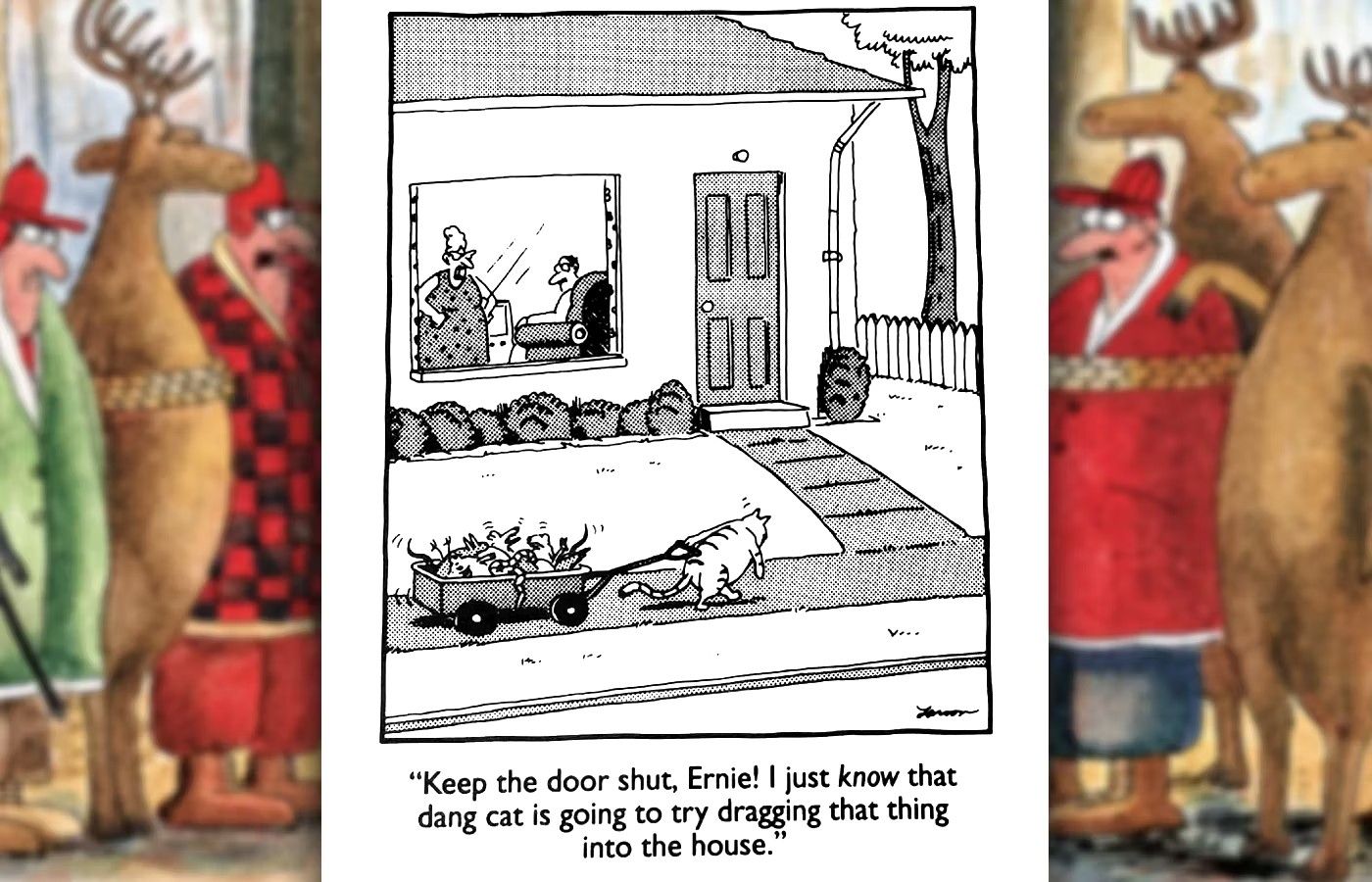After Mean Streets put Martin Scorsese on Hollywood’s radar, Taxi Driver solidified his status as one of the greatest living filmmakers. It has all the blood-soaked thrills of a traditional vigilante thriller, but it also deconstructs the troubled mindset of a man who would take the law into his own hands.
Unlike many of his peers, Scorsese has maintained his legendary status for nearly half a century, continually directing movies that are as relevant, challenging, and beautifully crafted as Taxi Driver. Taxi Driver adheres to many of the tropes and hallmarks that would go on to define Scorsese’s directorial style, from voiceover narration to symbolic camera movements to pitch-black humor.
Voiceover Narration
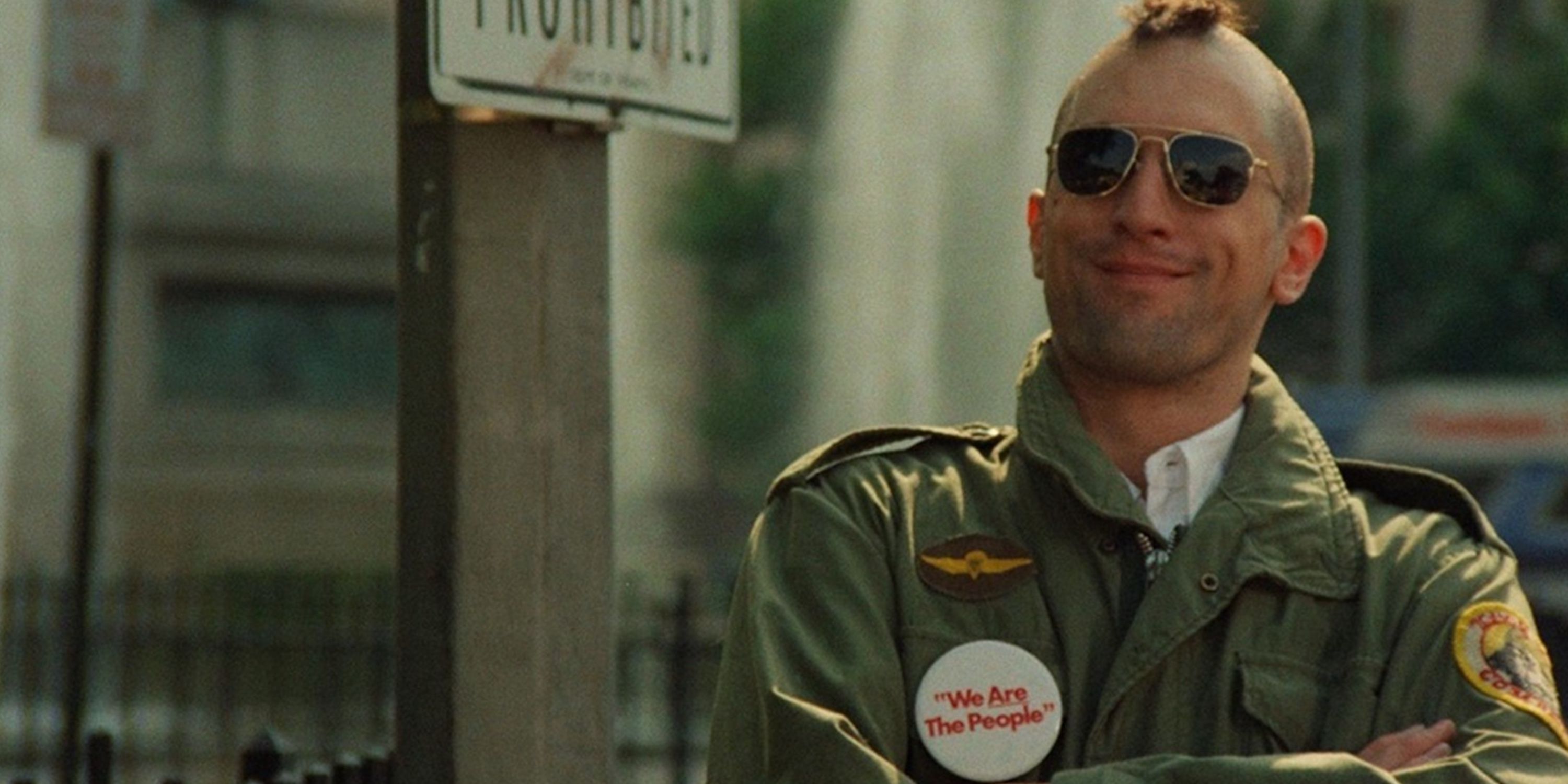
Many Scorsese movies feature voiceover narration, but Taxi Driver uses it in a unique way. Scorsese’s voiceovers are usually used to explain the complicated inner workings of the mob (Goodfellas, Casino, and The Departed) or, in the case of The Wolf of Wall Street, the complicated inner workings of the stock market.
Taxi Driver uses its voiceover narration more like Mean Streets to present the lead character’s internal monologue. Travis’ voiceovers are expressed through his rambling diary entries, which offer a glimpse into his disturbed mind and a chronicle of its worsening condition.
Dark Humor
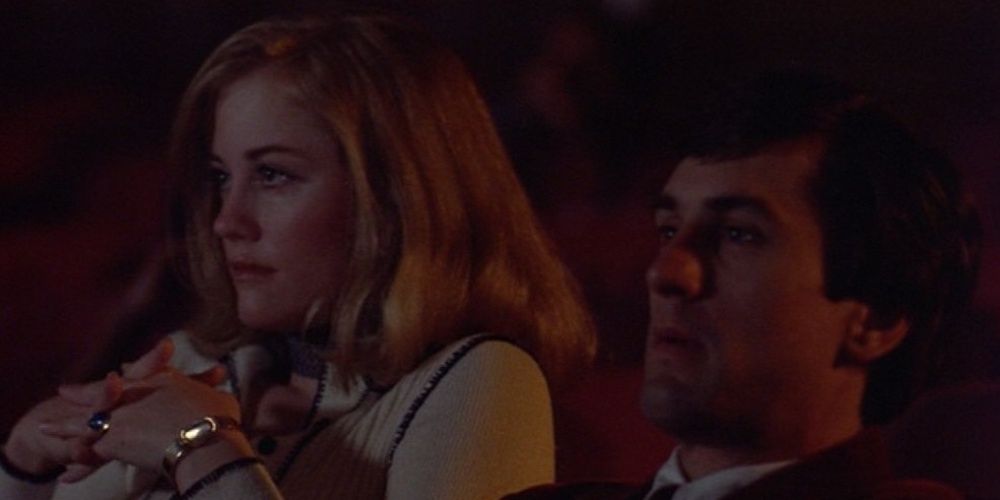
Scorsese has only made a couple of full-blown comedies, but all of his movies have the director’s signature dark sense of humor. Johnny Boy blows up a mailbox for fun in Mean Streets. Jake LaMotta flies into a blind fury over a well-done steak and ends up in a screaming match with his nosy neighbors in Raging Bull. The Wolf of Wall Street contains so many raunchy, hard-R, sex-and-drug-fueled antics that it’s been branded “Goodfellas meets The Hangover.”
While Taxi Driver is primarily a harrowing psychological thriller, there are some dark laughs along the way. For example, Travis takes Betsy to a porno theater on their first date and is completely oblivious to how inappropriate that is.
Robert De Niro
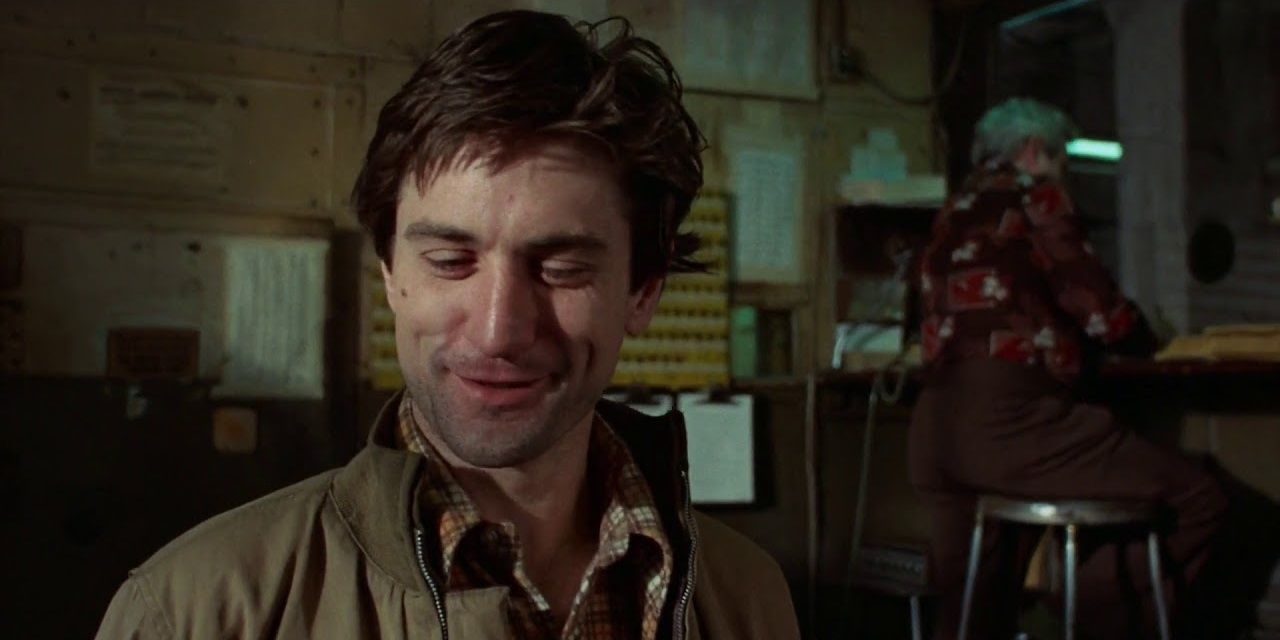
Before Leonardo DiCaprio was Scorsese’s go-to leading man, he would frequently cast Robert De Niro in lead roles. They first collaborated on Mean Streets. After De Niro gave one of his finest performances as Travis Bickle in Taxi Driver, the pair reunited for New York, New York, Raging Bull, The King of Comedy, Goodfellas, Cape Fear, and Casino.
After a long break, they joined forces once more for the Netflix crime epic The Irishman. Scorsese is currently working on his first movie to feature both De Niro and DiCaprio: Killers of the Flower Moon.
New York City

Scorsese sets most of his movies in his hometown of New York City. Mean Streets is set in Little Italy, Raging Bull is set in the Bronx, Goodfellas is set in Brooklyn, and The Wolf of Wall Street is set in Manhattan.
With a bleak, uncompromising snapshot of the sprawling metropolis, Taxi Driver is considered to be one of the quintessential New York movies. Travis agrees to drive his cab all over the city to avoid loneliness.
Grisly Violence
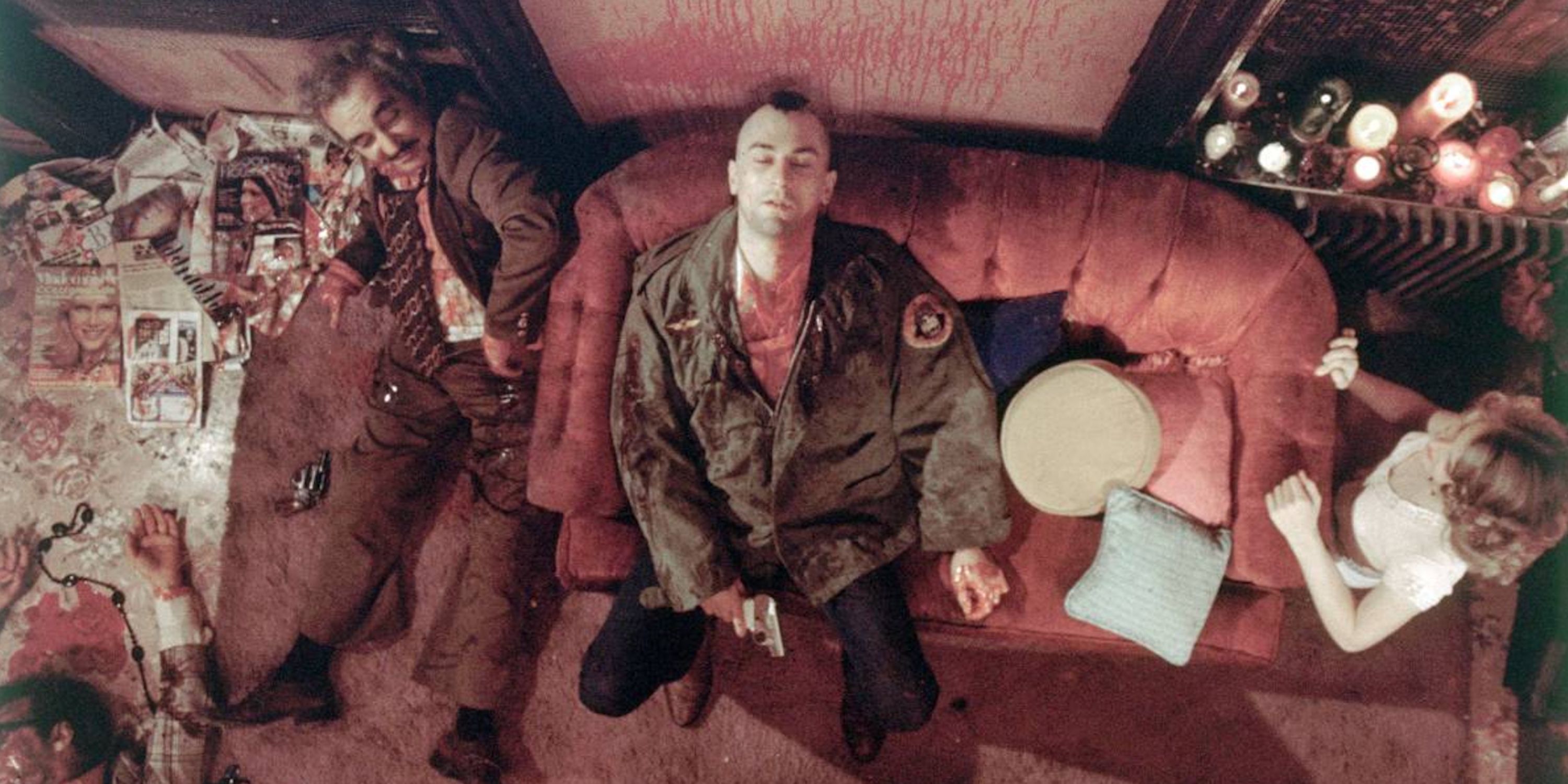
One of the most recognizable hallmarks of Scorsese’s filmmaking is violence. From the pool hall brawl in Mean Streets to the murder of Billy Batts in Goodfellas, the violence in Scorsese’s films isn’t glamorous or stylized. On the contrary, it’s bleak and harrowing and soberingly realistic.
As the dark tale of a vigilante taking up arms, Taxi Driver is one of Scorsese’s most violent films. The final shootout is so gruesome and graphic that Scorsese had to desaturate the blood just to achieve an R rating.
Cameo Appearance By Scorsese Himself
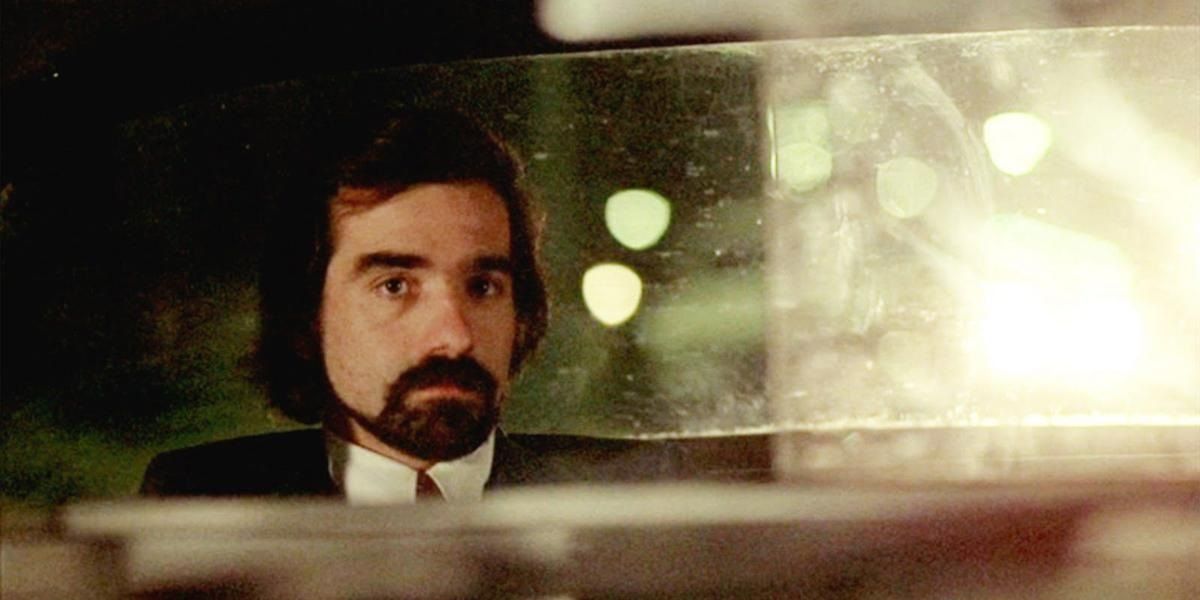
Like many auteurs, Scorsese tends to make cameo appearances in his own movies. Alfred Hitchcock made this the norm and it’s since been replicated by everybody from Quentin Tarantino and M. Night Shyamalan. Scorsese has appeared in many of his own films, including Taxi Driver.
He makes a brief cameo appearance on a crowded street during Betsy’s introduction, but he also has a full scene with a speaking role. The director gives a disturbing turn as the passenger in Travis’ taxi who stalks his cheating wife and fantasizes about murdering her.
Blonde Female Lead
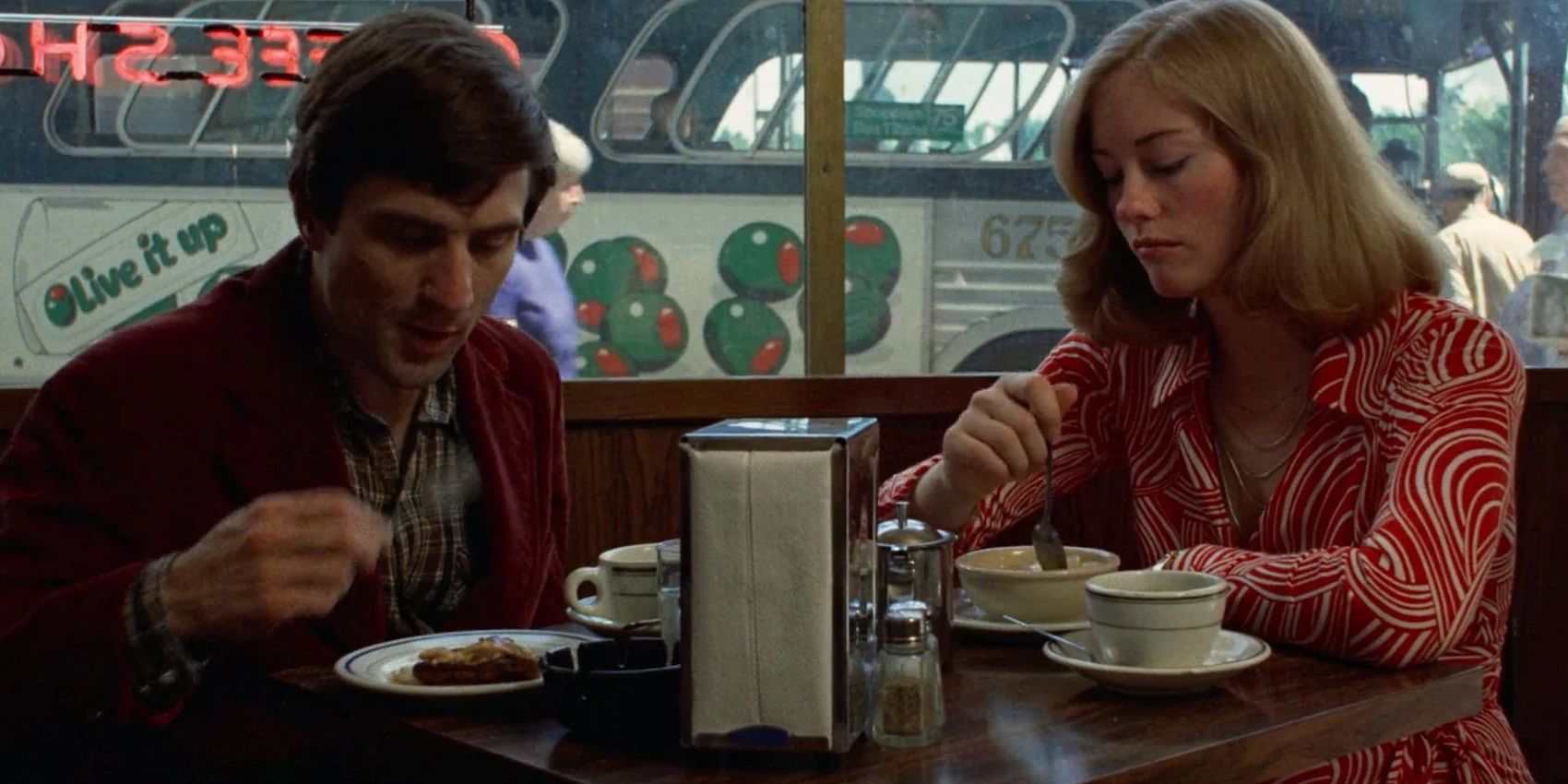
There are a few exceptions, like Lorraine Bracco in Goodfellas, but the leading ladies in Scorsese’s movies tend to have blonde hair. Taxi Driver’s Cybill Shepherd is a prime example.
Other Scorsese blondes include Zina Bethune in Who’s That Knocking at My Door, Cathy Moriarty in Raging Bull, Rosanna Arquette in After Hours, Michelle Pfeiffer in The Age of Innocence, Sharon Stone in Casino, Vera Farmiga in The Departed, Michelle Williams in Shutter Island, and Margot Robbie in The Wolf of Wall Street.
Symbolic Camera Movements
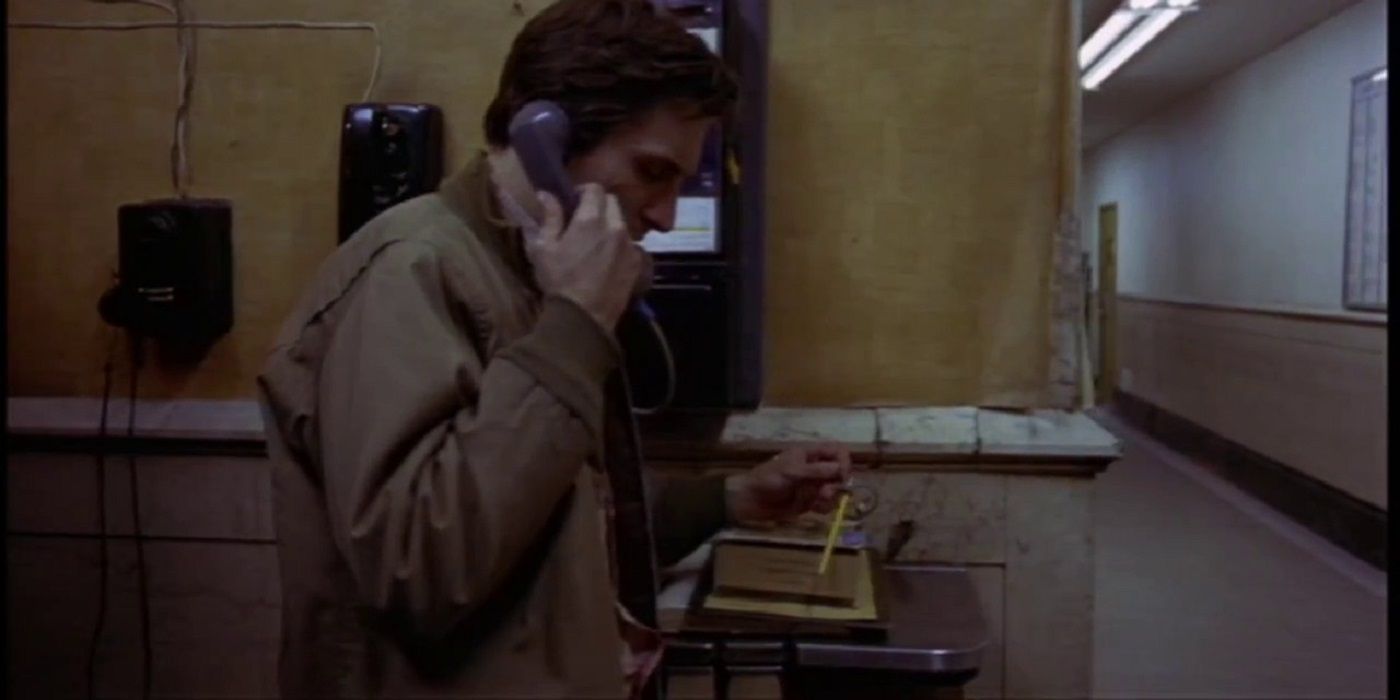
Scorsese shoots a lot of scenes with a static camera, but he also likes to move the camera around with energetic pans, pulls, and tracking shots, usually with symbolic overtones.
As Travis calls Betsy for a second date, the camera goes off down the hallway to avoid the awkwardness. In the aftermath of the shootout, the camera rises above Travis like his soul leaving his body and omnisciently watches the cops entering the building.
Bittersweet Ending
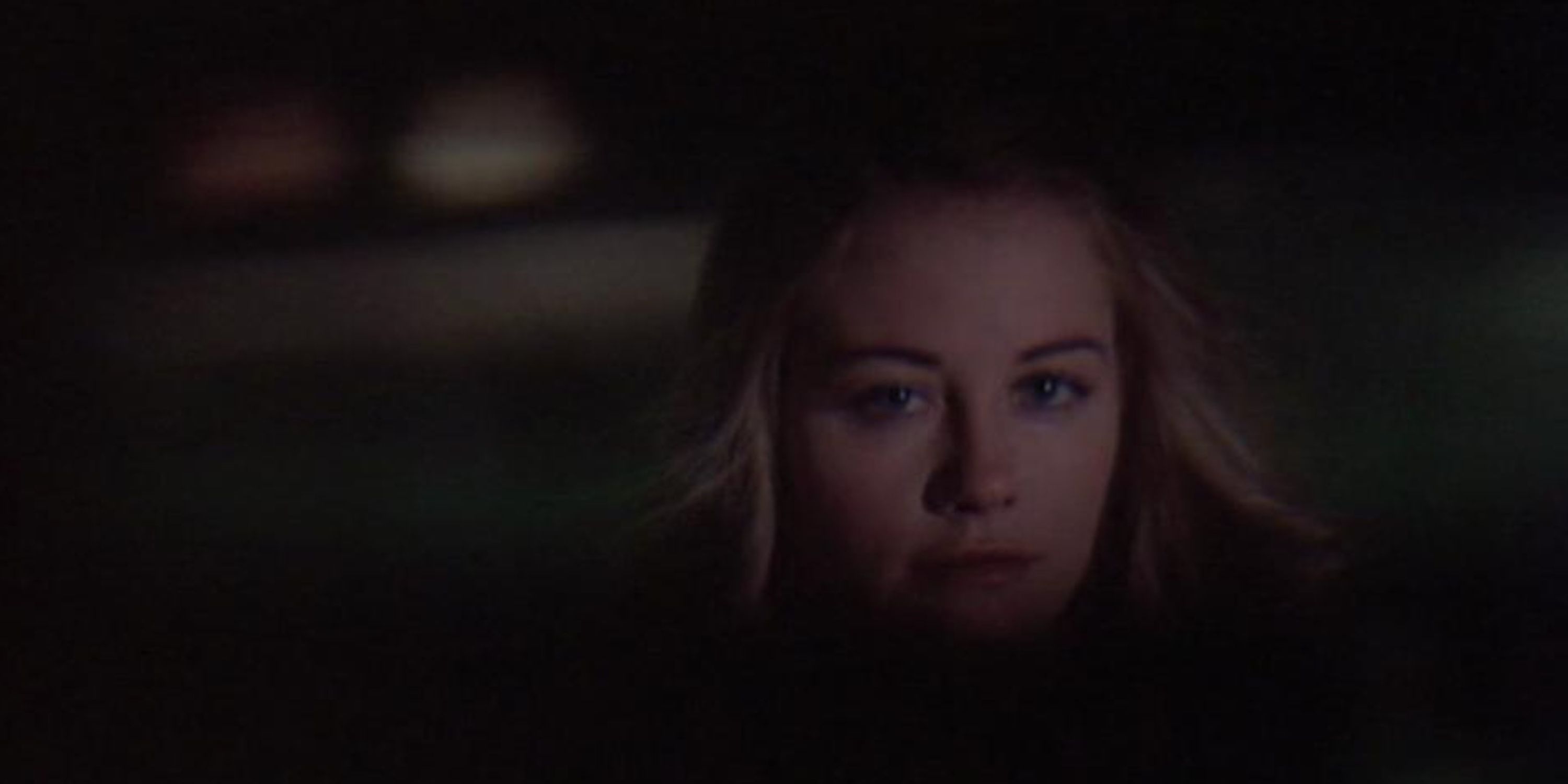
Across a five-decade-spanning career, only two of Scorsese’s movies – Hugo and Alice Doesn’t Live Here Anymore – have taken mercy on their audience with a happy ending. Scorsese’s endings tend to be bittersweet at their best and demoralizingly bleak at their worst.
Taxi Driver seemingly has a happy ending, but it’s so ridiculously happy (everything Travis wants, he gets) that audiences have taken it with a pinch of salt. Maybe Travis saved Iris, won Betsy’s heart, and became a beloved hero – or maybe he just imagined all that as he was bleeding out in a brothel swarming with gun-toting cops.
Antihero

Scorsese’s films rarely feature a traditional protagonist who has good morals, seeks to do the right thing, and is easy for the audience to root for. His lead characters tend to be complex antiheroes who make reprehensible mistakes and pay a dear price for those mistakes.
From Jake LaMotta to Henry Hill to Jordan Belfort to Frank Sheeran, Scorsese has charted the stories of all kinds of unconventional, unsympathetic protagonists. Travis Bickle, the vigilante who wants to clean up the streets of New York, is the quintessential cinematic antihero.
